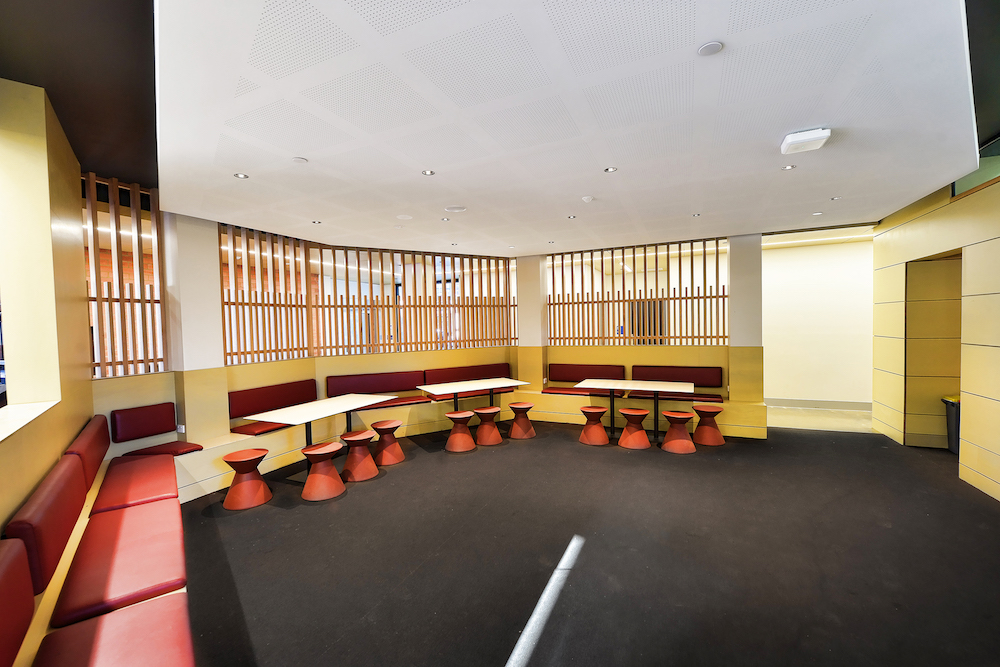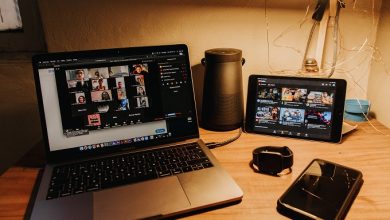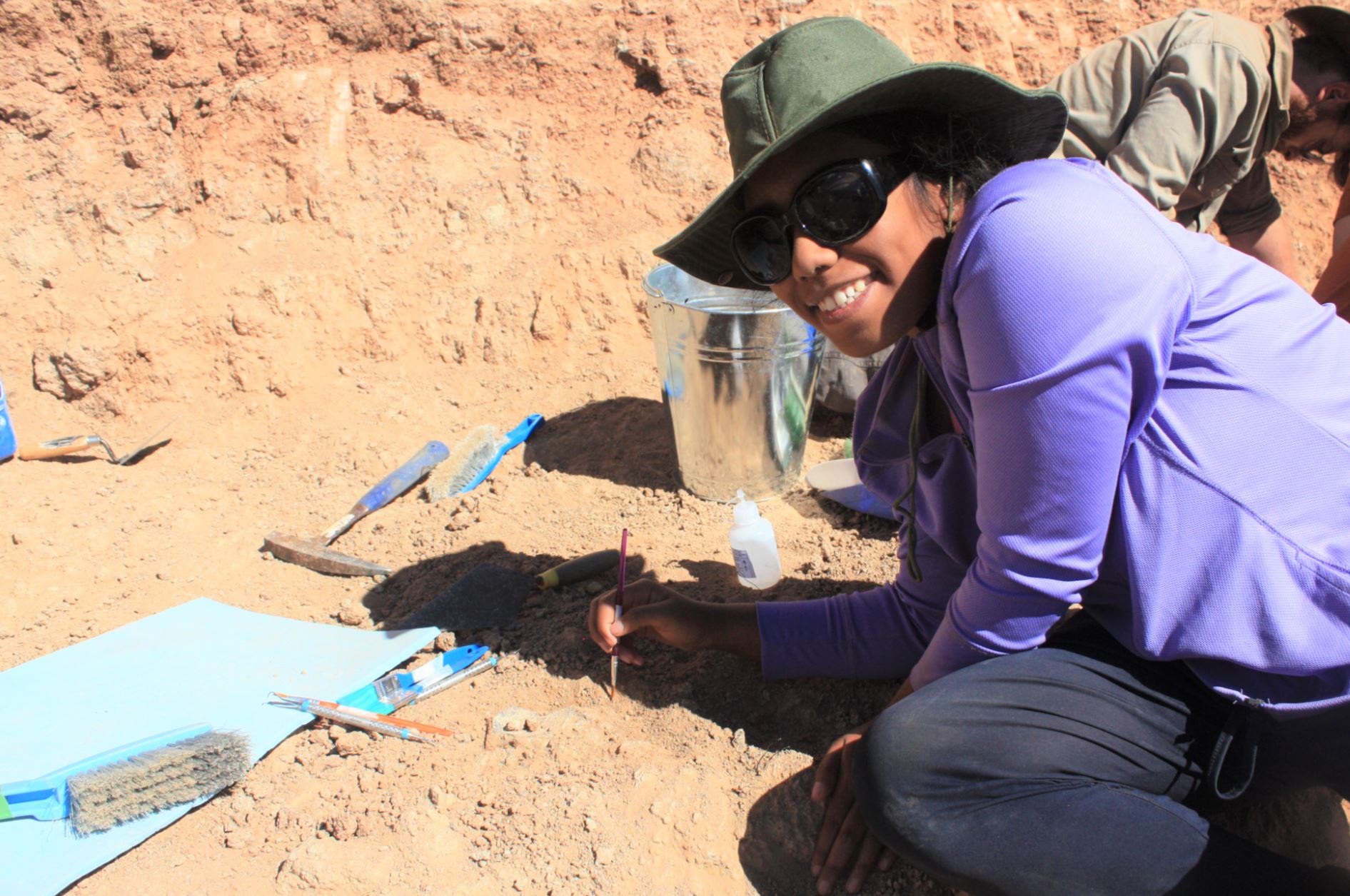School leaders influence canteen culture

The discussion around school lunches has not abated. Parents, health advocates, teachers and principals continue to puzzle over the necessary, but occasionally painful transformation of that iconic food outlet.
The research has shown repeatedly that healthy eating habits in childhood correlate to health and wellbeing in adulthood.
Research also links the consumption of sugar, preservatives and colours in processed food with behavioural issues in children. The PISA report wasn’t too glowing regarding Australian student behaviour, so a healthy tuckshop seems a win-win.
Canteens are a unique business – they are under ownership of the school and are generally operated by the P&C; the ultimate responsibility for what is sold and how it runs lies with the principal. The culture of school management will influence the school canteen. In an article titled ‘Is the banning of unhealthy foods at school canteens associated with principal influence or school policy?’, published on www.obesityresearchclinicalpractice.com, authors, Reilly et al. concluded that “principal influence and supportive school policy are important factors in canteens restricting the sale of unhealthy food items”.
A 2014 paper titled ‘Australian school canteens: menu guideline adherence or avoidance?’ published in Health Promotion Journal of Australia found “the majority of school canteens were not complying with relevant state or territory guidelines, particularly those schools in which no monitoring or enforcement of the guidelines was conducted”.
Government initiatives, like the National Health School Canteen (NHSC) provide frameworks and checklists for canteen coordinators to develop menus that provide good nutrition for the school day.
This all sounds great, but the changes are triggering some transformational difficulty in some school cultures, and issues such as collective heel digging, or just canteen abstinence are endangering the viability of a number of school canteens. While some schools have managed the transition smoothly and with adaptability and enthusiasm, some schools are struggling to engender a transformational attitude within canteen management, and/or their customers.
In May this year, an article appeared on www.news.com.au , titled ‘School canteens risk closure due to loss of profit’. The article discussed the plight of canteens “faced with pressure to serve healthier food for students”, which were “struggling to remain open”.
The Australian Schools Canteen Association (ASCA) was quotes as saying that “63 percent of secondary school canteens believed the government’s healthy food guidelines were causing the decline in profit”. The message was clear: the phasing out of unhealthy items had caused sales to plummet. It’s not clear if ASCA chief executive, David Edwards considers this necessary transitional pain, but he told reporters that “since the government put out the guidelines and forced schools to stop selling products, a lot of canteens are going out of business”.
Perhaps against the backdrop of childhood obesity statistics, the growing furore regarding junk food advertising aimed at children, and type 2 diabetes cases appearing in younger and younger patients, it’s time to let go of a harmful business model and refashion to suit the times?
Regardless of the legitimacy of the old school canteen, different schools have responded to these issues in a variety of ways. Some have embraced the new guidelines in-house, with canteen staff churning out salad wraps with freshly poached chicken breast, fresh fruit salads, and sushi rolls. They’re replacing hot chips with jacket potatoes; and holding the icing on home-made cupcakes.
Some schools have outsourced the whole operation, taking a commission for each order placed. A school can sign up to an external provider: parents place orders online, the menu can be a combination of in-house food production, local suppliers, or pre-packaged foods that meet the health canteen guidelines.
For some schools, the convenience of these systems is enough to engage busy parents. Most schools have implemented healthy lunchbox guidelines, and ordering online from a selection of school-friendly foods allows families to manage their children’s lunch needs on the run. For parents who may not have the time or expertise to prepare healthy lunchbox-friendly meals, this can be a modern family’s saviour.
The online interfaces of these providers include features where you set up each child, record their ‘regular orders’ or preferences, making re-ordering a one or two click affair.
Most providers offer a teachers’ menu – to cater for all ages and tastes. Students with food allergies can also be accommodated and schools can elect to be a ‘peanut free school’ (where no item containing peanuts can be ordered for delivery to that location).
The solutions are varied, and range from shutting up shop in protest, to operating an in-house extravaganza with raw vegan and paleo options, but the revolution is here and there is no turning back. The government has firmly parked itself in front of the slabs of cola and deep-fried morsels – and it seems they will remain forever banished from school grounds.
How well this transition is managed depends on the culture of your school; the skills and knowledge of your canteen coordinator, and the expectations of your school community.







